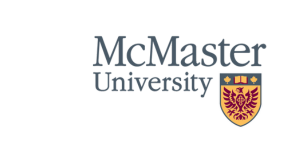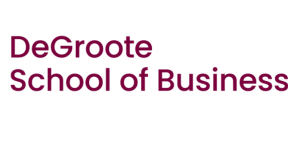Abstract
In this study, we explore the meanings of presenteeism and extend the literature on presenteeism to its full conceptual potential. In addition to the value loss usually associated with presenteeism, we explore potential value gain in terms of creativity and innovation. We offer a theoretical model of presenteeism that separates negative presenteeism from positive presenteeism accounting for value loss and value gain respectively. We suggest in a sequential fashion that goals and expectations influence one’s psychological contract, which on evaluation determines person-organization fit. Assessment of fit influences the nature of one’s motivation at work. Social and task characteristics of the job moderate this relationship. When the motivation is extrinsic and is exacerbated by individual and organizational constraints, there is potential for negative presenteeism leading to value loss. On the other hand, when the motivation is intrinsic and is facilitated by social and task characteristics of the job, it can lead to two things: one, the individual is job involved leading to traditional value gain; two, the individual is work engaged and becomes creative adding to innovative value gain. Our broad purpose here is to provide a theoretical push to expand managerial optic about presenteeism from one of control to one of value.
Valuation Insight
Does presenteeism create or destroy value in the corporation? It depends on the motivation for being present. Intrinsic motivation will lead to positive, and extrinsic motivation will lead to negative presenteeism. It follows that presenteeism can and should be managed to extract value from it.

